Grow Sage Indoors? Absolutely! Imagine stepping into your kitchen and snipping fresh, fragrant sage leaves to elevate your culinary creations. No more last-minute grocery store runs or settling for dried herbs that lack that vibrant, earthy punch. This isn’t just about convenience; it’s about connecting with nature, even within the confines of your home.
For centuries, sage has been revered not only for its culinary uses but also for its medicinal properties and even its symbolic significance. Ancient Romans considered it a sacred herb, associating it with wisdom and longevity. Today, while we might not be brewing elixirs of immortality, we can still appreciate the plant’s versatility and the simple joy of nurturing something green.
But let’s be honest, not everyone has a sprawling garden or the perfect outdoor climate to cultivate sage. That’s where this DIY guide comes in! I’m going to share my tried-and-true tricks for successfully grow sage indoors, regardless of your experience level. Whether you’re a seasoned gardener or a complete beginner, I’ll walk you through everything you need to know, from choosing the right pot and soil to providing the perfect amount of light and water. Get ready to enjoy a constant supply of fresh sage, adding flavor and fragrance to your life, all year round!
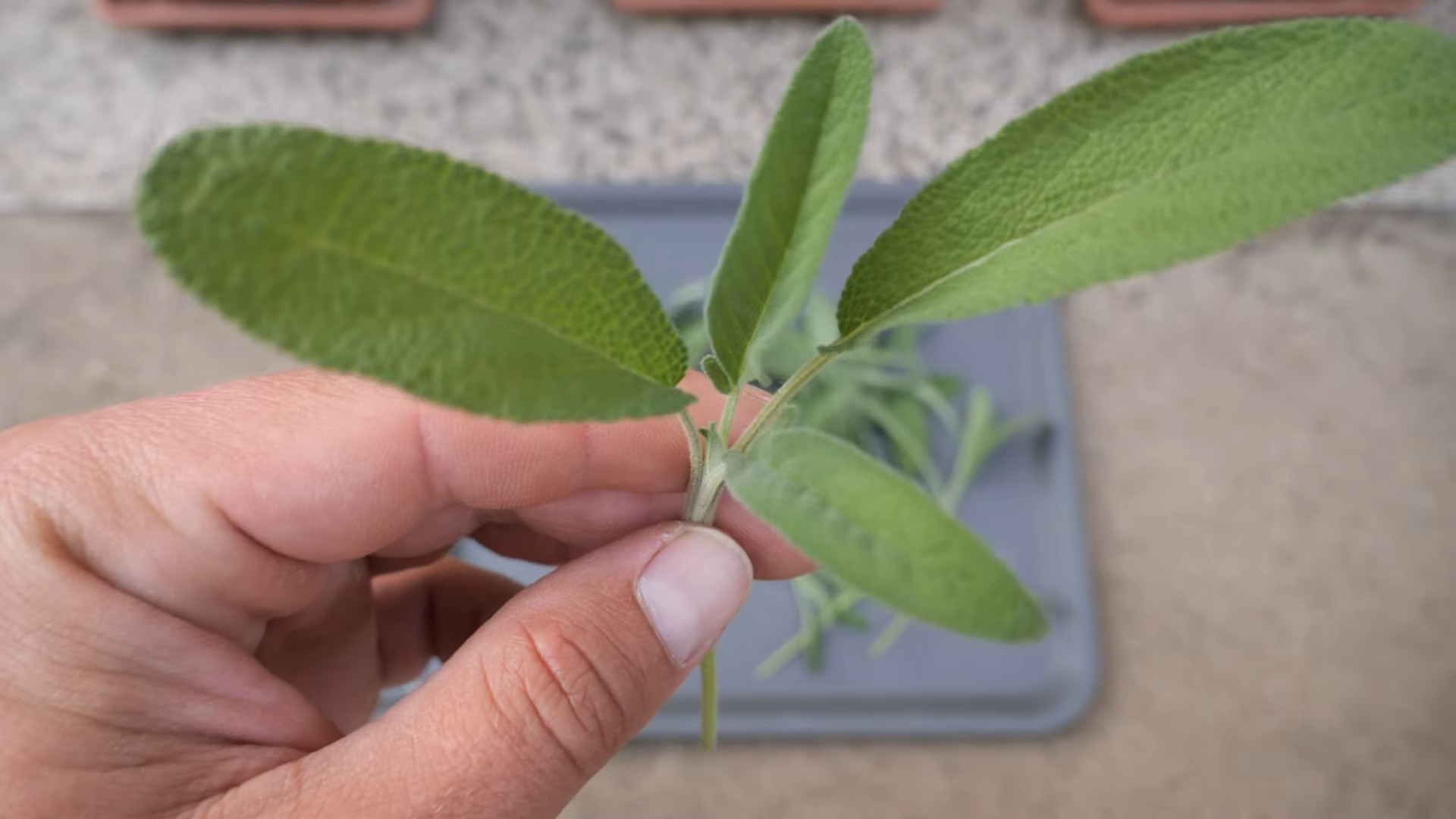
Growing Sage Indoors: A Beginner’s Guide to a Thriving Herb Garden
Hey there, fellow plant enthusiasts! I’m so excited to share my secrets to successfully growing sage indoors. Fresh sage is a game-changer in the kitchen, and having it readily available is a dream. Trust me, with a little know-how, you can enjoy the aromatic goodness of homegrown sage all year round. Let’s dive in!
Choosing the Right Sage Variety
Not all sage is created equal! While common sage (Salvia officinalis) is the most popular for culinary use, there are other varieties you might want to consider.
* Common Sage (Salvia officinalis): This is your go-to for classic sage flavor. It’s hardy and relatively easy to grow.
* Purple Sage (Salvia officinalis ‘Purpurascens’): Adds a beautiful visual element with its purplish-grey leaves. The flavor is similar to common sage but slightly milder.
* Golden Sage (Salvia officinalis ‘Aurea’): Features variegated golden leaves, bringing a touch of sunshine to your indoor garden. The flavor is a bit more subtle.
* Tricolor Sage (Salvia officinalis ‘Tricolor’): A stunning variety with leaves splashed with green, white, and pink. It’s more ornamental but still edible.
I personally love having a mix of common sage and purple sage for both their flavor and visual appeal.
Getting Started: What You’ll Need
Before we get our hands dirty, let’s gather the essentials. Here’s what you’ll need to grow sage indoors:
* Sage Seeds or a Sage Plant: You can start from seeds or purchase a small sage plant from a local nursery. Starting from seeds takes longer, but it’s more budget-friendly.
* Pot with Drainage Holes: Choose a pot that’s at least 6 inches in diameter. Good drainage is crucial to prevent root rot. Terracotta pots are great because they allow the soil to breathe.
* Well-Draining Potting Mix: Sage thrives in well-draining soil. A mix of potting soil, perlite, and vermiculite works wonders. Avoid using garden soil, as it can be too heavy and compact.
* Grow Lights (Optional but Recommended): Sage needs plenty of sunlight. If you don’t have a sunny windowsill, grow lights are a must.
* Watering Can or Spray Bottle: For gentle watering.
* Fertilizer (Optional): A balanced liquid fertilizer can help boost growth, but it’s not essential.
* Small Shovel or Trowel: For planting.
* Pruning Shears or Scissors: For harvesting and pruning.
Planting Sage: From Seed or Seedling
Now for the fun part! Let’s get our sage planted.
Starting from Seeds:
1. Prepare the Pot: Fill your pot with the well-draining potting mix, leaving about an inch of space at the top.
2. Sow the Seeds: Sprinkle the sage seeds evenly over the surface of the soil. Gently press them down, but don’t bury them too deep. They need light to germinate.
3. Water Gently: Use a spray bottle to mist the soil. You want to keep it moist but not soggy.
4. Cover with Plastic Wrap (Optional): Covering the pot with plastic wrap creates a humid environment that can help with germination. Remove the plastic wrap once the seedlings emerge.
5. Provide Light: Place the pot in a warm, sunny location or under grow lights. Sage seeds typically germinate in 10-21 days.
6. Thin the Seedlings: Once the seedlings have a few sets of true leaves, thin them out, leaving only the strongest plants.
Planting a Sage Seedling:
1. Prepare the Pot: Fill your pot with the well-draining potting mix, leaving about an inch of space at the top.
2. Create a Hole: Dig a hole in the center of the pot that’s large enough to accommodate the root ball of the sage seedling.
3. Remove the Seedling: Gently remove the sage seedling from its original container. Loosen the roots slightly if they’re tightly packed.
4. Place the Seedling: Place the seedling in the hole and backfill with potting mix. Gently press down the soil around the base of the plant.
5. Water Thoroughly: Water the sage seedling thoroughly until water drains out of the bottom of the pot.
Caring for Your Indoor Sage Plant
Once your sage is planted, it’s time to provide the care it needs to thrive.
Light:
Sage needs at least 6-8 hours of sunlight per day. A south-facing window is ideal. If you don’t have enough natural light, use grow lights. I use LED grow lights and find they work great. Position the lights about 6-12 inches above the plant.
Watering:
Water your sage plant when the top inch of soil feels dry to the touch. Avoid overwatering, as this can lead to root rot. Make sure the pot has good drainage. During the winter months, you’ll likely need to water less frequently.
Temperature:
Sage prefers temperatures between 60-70°F (15-21°C). Avoid placing your plant near drafts or extreme temperatures.
Humidity:
Sage doesn’t require high humidity. Average indoor humidity levels are usually sufficient. However, if your home is very dry, you can increase humidity by placing a tray of water near the plant or using a humidifier.
Fertilizing:
Feed your sage plant with a balanced liquid fertilizer every 2-4 weeks during the growing season (spring and summer). Dilute the fertilizer to half strength to avoid burning the roots. I personally use an organic fertilizer.
Pruning:
Pruning is essential for keeping your sage plant healthy and productive. Prune regularly to encourage bushier growth and prevent the plant from becoming leggy. Remove any dead or yellowing leaves. You can also prune to shape the plant.
Harvesting Sage
Harvesting sage is easy and rewarding!
1. When to Harvest: You can start harvesting sage leaves once the plant is established and has several sets of leaves.
2. How to Harvest: Use pruning shears or scissors to snip off the leaves. Avoid removing more than one-third of the plant at a time.
3. Harvesting for Drying: If you want to dry sage leaves for later use, harvest them in the morning after the dew has dried. Tie the stems together and hang them upside down in a cool, dry, and well-ventilated place. Once the leaves are completely dry, store them in an airtight container.
Troubleshooting Common Problems
Even with the best care, you might encounter some problems when growing sage indoors. Here are some common issues and how to address them:
* Yellowing Leaves: This can be caused by overwatering, underwatering, or nutrient deficiencies. Check the soil moisture and adjust your watering accordingly. If the problem persists, try fertilizing the plant.
* Leggy Growth: This is usually caused by insufficient light. Move your plant to a sunnier location or provide supplemental light with grow lights. Prune the plant to encourage bushier growth.
* Root Rot: This is caused by overwatering and poor drainage. Make sure your pot has good drainage holes and avoid overwatering. If you su
Hey there, fellow plant enthusiasts! I’m so excited to share my secrets to successfully growing sage indoors. Fresh sage is a game-changer in the kitchen, and having it readily available is a dream. Trust me, with a little know-how, you can enjoy the aromatic goodness of homegrown sage all year round. Let’s dive in!
Choosing the Right Sage Variety
Not all sage is created equal! While common sage (Salvia officinalis) is the most popular for culinary use, there are other varieties you might want to consider.
* Common Sage (Salvia officinalis): This is your go-to for classic sage flavor. It’s hardy and relatively easy to grow.
* Purple Sage (Salvia officinalis ‘Purpurascens’): Adds a beautiful visual element with its purplish-grey leaves. The flavor is similar to common sage but slightly milder.
* Golden Sage (Salvia officinalis ‘Aurea’): Features variegated golden leaves, bringing a touch of sunshine to your indoor garden. The flavor is a bit more subtle.
* Tricolor Sage (Salvia officinalis ‘Tricolor’): A stunning variety with leaves splashed with green, white, and pink. It’s more ornamental but still edible.
I personally love having a mix of common sage and purple sage for both their flavor and visual appeal.
Getting Started: What You’ll Need
Before we get our hands dirty, let’s gather the essentials. Here’s what you’ll need to grow sage indoors:
* Sage Seeds or a Sage Plant: You can start from seeds or purchase a small sage plant from a local nursery. Starting from seeds takes longer, but it’s more budget-friendly.
* Pot with Drainage Holes: Choose a pot that’s at least 6 inches in diameter. Good drainage is crucial to prevent root rot. Terracotta pots are great because they allow the soil to breathe.
* Well-Draining Potting Mix: Sage thrives in well-draining soil. A mix of potting soil, perlite, and vermiculite works wonders. Avoid using garden soil, as it can be too heavy and compact.
* Grow Lights (Optional but Recommended): Sage needs plenty of sunlight. If you don’t have a sunny windowsill, grow lights are a must.
* Watering Can or Spray Bottle: For gentle watering.
* Fertilizer (Optional): A balanced liquid fertilizer can help boost growth, but it’s not essential.
* Small Shovel or Trowel: For planting.
* Pruning Shears or Scissors: For harvesting and pruning.
Planting Sage: From Seed or Seedling
Now for the fun part! Let’s get our sage planted.
Starting from Seeds:
1. Prepare the Pot: Fill your pot with the well-draining potting mix, leaving about an inch of space at the top.
2. Sow the Seeds: Sprinkle the sage seeds evenly over the surface of the soil. Gently press them down, but don’t bury them too deep. They need light to germinate.
3. Water Gently: Use a spray bottle to mist the soil. You want to keep it moist but not soggy.
4. Cover with Plastic Wrap (Optional): Covering the pot with plastic wrap creates a humid environment that can help with germination. Remove the plastic wrap once the seedlings emerge.
5. Provide Light: Place the pot in a warm, sunny location or under grow lights. Sage seeds typically germinate in 10-21 days.
6. Thin the Seedlings: Once the seedlings have a few sets of true leaves, thin them out, leaving only the strongest plants.
Planting a Sage Seedling:
1. Prepare the Pot: Fill your pot with the well-draining potting mix, leaving about an inch of space at the top.
2. Create a Hole: Dig a hole in the center of the pot that’s large enough to accommodate the root ball of the sage seedling.
3. Remove the Seedling: Gently remove the sage seedling from its original container. Loosen the roots slightly if they’re tightly packed.
4. Place the Seedling: Place the seedling in the hole and backfill with potting mix. Gently press down the soil around the base of the plant.
5. Water Thoroughly: Water the sage seedling thoroughly until water drains out of the bottom of the pot.
Caring for Your Indoor Sage Plant
Once your sage is planted, it’s time to provide the care it needs to thrive.
Light:
Sage needs at least 6-8 hours of sunlight per day. A south-facing window is ideal. If you don’t have enough natural light, use grow lights. I use LED grow lights and find they work great. Position the lights about 6-12 inches above the plant.
Watering:
Water your sage plant when the top inch of soil feels dry to the touch. Avoid overwatering, as this can lead to root rot. Make sure the pot has good drainage. During the winter months, you’ll likely need to water less frequently.
Temperature:
Sage prefers temperatures between 60-70°F (15-21°C). Avoid placing your plant near drafts or extreme temperatures.
Humidity:
Sage doesn’t require high humidity. Average indoor humidity levels are usually sufficient. However, if your home is very dry, you can increase humidity by placing a tray of water near the plant or using a humidifier.
Fertilizing:
Feed your sage plant with a balanced liquid fertilizer every 2-4 weeks during the growing season (spring and summer). Dilute the fertilizer to half strength to avoid burning the roots. I personally use an organic fertilizer.
Pruning:
Pruning is essential for keeping your sage plant healthy and productive. Prune regularly to encourage bushier growth and prevent the plant from becoming leggy. Remove any dead or yellowing leaves. You can also prune to shape the plant.
Harvesting Sage
Harvesting sage is easy and rewarding!
1. When to Harvest: You can start harvesting sage leaves once the plant is established and has several sets of leaves.
2. How to Harvest: Use pruning shears or scissors to snip off the leaves. Avoid removing more than one-third of the plant at a time.
3. Harvesting for Drying: If you want to dry sage leaves for later use, harvest them in the morning after the dew has dried. Tie the stems together and hang them upside down in a cool, dry, and well-ventilated place. Once the leaves are completely dry, store them in an airtight container.
Troubleshooting Common Problems
Even with the best care, you might encounter some problems when growing sage indoors. Here are some common issues and how to address them:
* Yellowing Leaves: This can be caused by overwatering, underwatering, or nutrient deficiencies. Check the soil moisture and adjust your watering accordingly. If the problem persists, try fertilizing the plant.
* Leggy Growth: This is usually caused by insufficient light. Move your plant to a sunnier location or provide supplemental light with grow lights. Prune the plant to encourage bushier growth.
* Root Rot: This is caused by overwatering and poor drainage. Make sure your pot has good drainage holes and avoid overwatering. If you suspect root rot, repot the plant in fresh, well-draining potting mix.
* Pests: Sage can be susceptible to pests like aphids, spider mites, and whiteflies. Inspect your plant regularly for signs of infestation. If you find pests, try spraying the plant with insecticidal soap or neem oil.
Propagating Sage
Want more sage plants? Propagating sage is easy! You can propagate sage from stem cuttings.
1. Take a Cutting: Use pruning shears or scissors to take a 4-6 inch stem cutting from a healthy sage plant. Remove the leaves from the bottom inch of the cutting.
2. Rooting Hormone (Optional): Dip the cut end of the stem in rooting hormone to encourage root growth.
3. Plant the Cutting: Plant the cutting in a small pot filled with well-draining potting mix.
4. Water Gently: Water the cutting gently and cover the pot with a plastic bag to create a humid environment.
5. Provide Light: Place the pot in a warm, sunny location or under grow lights.
6. Wait for Roots: The cutting should root in 2-4 weeks. Once the roots are established, you can transplant the new sage plant into a larger pot.
Enjoying Your Homegrown Sage
Now that you’ve successfully grown sage indoors, it’s time to enjoy the fruits (or rather, leaves) of your labor! Fresh sage adds a wonderful flavor to a variety of dishes. Here are some ideas:
*
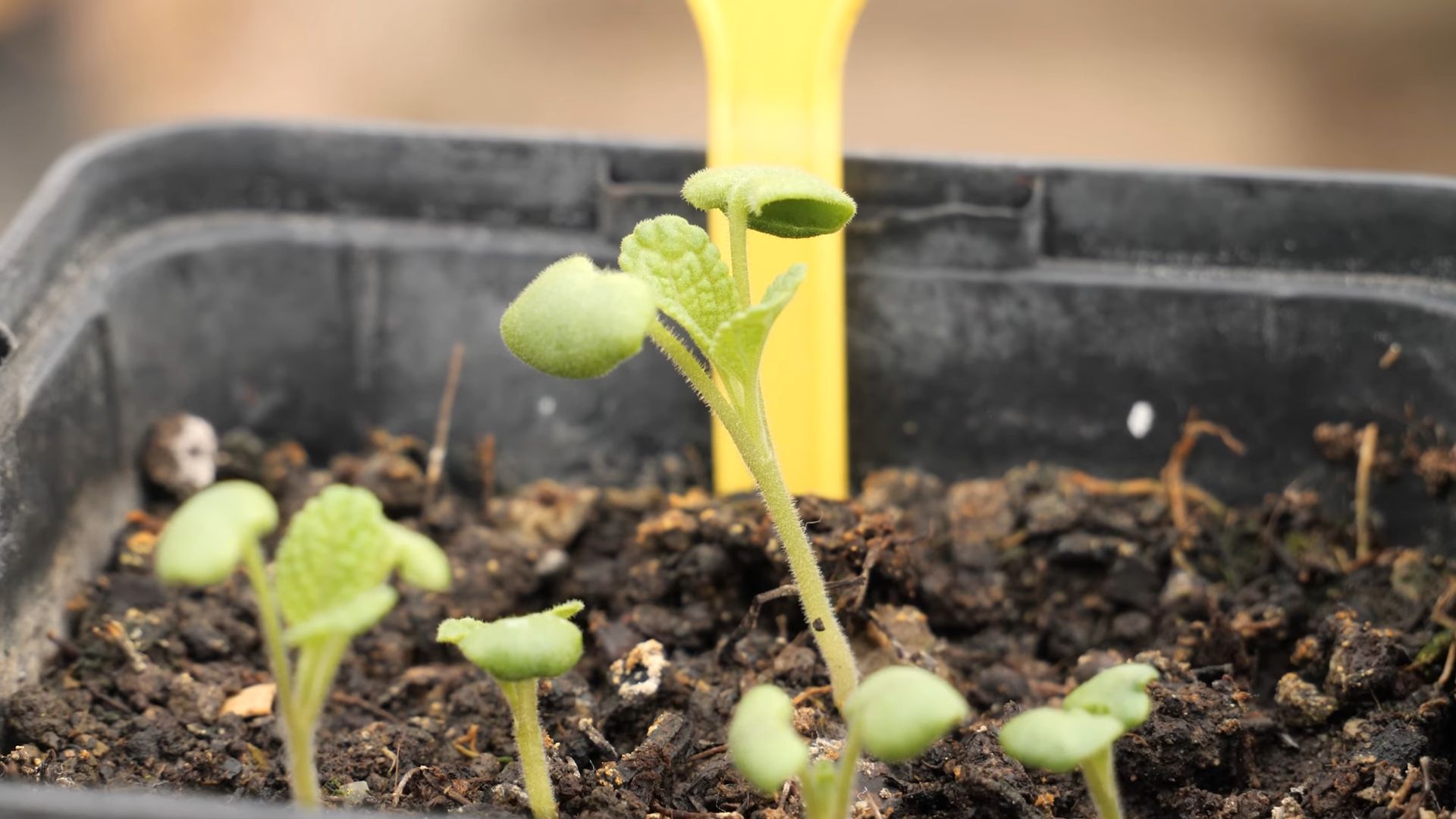
Conclusion
So, there you have it! Growing sage indoors isn’t just a whimsical idea for herb enthusiasts; it’s a practical, rewarding, and surprisingly simple way to ensure you always have fresh, aromatic sage at your fingertips. Forget those sad, wilted bunches from the grocery store – imagine the vibrant flavor and fragrance of homegrown sage elevating your culinary creations. From savory roasts and hearty stews to delicate herbal teas and even homemade beauty products, the possibilities are endless when you cultivate your own supply.
This DIY trick is a must-try for several compelling reasons. First and foremost, it grants you unparalleled control over the quality of your sage. You know exactly what goes into nurturing your plants, ensuring they are free from harmful pesticides and herbicides. Secondly, it’s incredibly cost-effective. A single packet of sage seeds or a small starter plant can yield a continuous harvest for months, if not years, saving you money on repeated grocery store purchases. Thirdly, and perhaps most importantly, it’s incredibly satisfying. There’s a unique joy in nurturing a plant from seed to harvest, witnessing its growth, and reaping the rewards of your efforts.
But don’t stop there! Experiment with different varieties of sage to discover your favorites. Consider growing culinary sage (Salvia officinalis) for its classic flavor, or try purple sage for its beautiful foliage and slightly milder taste. You can even explore ornamental sages like tricolor sage for their visual appeal. For those with limited space, container gardening is your best friend. A small pot on a sunny windowsill is all you need to get started. You can also explore hydroponic systems for an even more efficient and space-saving approach to growing sage indoors.
Another variation to consider is companion planting. Certain herbs and vegetables thrive when grown alongside sage. For example, rosemary, thyme, and cabbage are all excellent companions for sage, helping to deter pests and improve overall plant health.
Don’t be intimidated if you’re a beginner. Growing sage indoors is a forgiving process, and even a little bit of effort can yield impressive results. The key is to provide your plants with adequate sunlight, well-draining soil, and consistent watering. With a little patience and attention, you’ll be enjoying the benefits of fresh, homegrown sage in no time.
We wholeheartedly encourage you to give this DIY trick a try. It’s a simple, affordable, and rewarding way to enhance your culinary experiences and connect with nature. Once you’ve experienced the joy of growing your own sage, you’ll never want to go back to store-bought herbs again.
So, grab your seeds, pots, and soil, and get ready to embark on your indoor sage-growing adventure! And most importantly, we want to hear about your experiences. Share your tips, tricks, and triumphs in the comments below. Let’s create a community of indoor sage growers and inspire others to discover the joys of homegrown herbs. What are you waiting for? Start growing sage indoors today!
FAQ
Frequently Asked Questions About Growing Sage Indoors
1. What kind of sage should I grow indoors?
The best type of sage to grow indoors is common sage (Salvia officinalis), also known as garden sage or culinary sage. It’s relatively easy to grow and offers a classic sage flavor that’s perfect for cooking. Other varieties like purple sage, golden sage, and tricolor sage can also be grown indoors, offering unique flavors and visual appeal. Consider your culinary preferences and available space when choosing a variety. Dwarf varieties are particularly well-suited for smaller indoor spaces.
2. How much sunlight does indoor sage need?
Sage thrives in bright, direct sunlight. Aim for at least six to eight hours of sunlight per day. A south-facing window is ideal. If you don’t have access to sufficient natural light, consider using a grow light to supplement. LED grow lights are energy-efficient and provide the full spectrum of light that sage needs to flourish. Position the grow light a few inches above the plants and adjust as they grow.
3. What kind of soil is best for growing sage indoors?
Sage prefers well-draining soil. A potting mix specifically formulated for herbs is a good choice. You can also create your own mix by combining equal parts potting soil, perlite, and vermiculite. This combination provides good drainage and aeration, preventing root rot. Avoid using garden soil, as it can be too heavy and compact for container gardening.
4. How often should I water my indoor sage plant?
Water your sage plant when the top inch of soil feels dry to the touch. Avoid overwatering, as this can lead to root rot. Ensure that the pot has drainage holes to allow excess water to escape. During the winter months, when growth slows down, you may need to water less frequently. Check the soil moisture regularly and adjust your watering schedule accordingly.
5. How do I fertilize my indoor sage plant?
Sage doesn’t require heavy fertilization. Feed your plant every two to three months with a balanced liquid fertilizer diluted to half strength. Avoid over-fertilizing, as this can lead to leggy growth and a less intense flavor. Organic fertilizers, such as compost tea or fish emulsion, are also excellent options.
6. How do I harvest sage leaves from my indoor plant?
Harvest sage leaves as needed, starting when the plant is about six inches tall. Pinch or cut off individual leaves or small stems. Avoid removing more than one-third of the plant at a time, as this can stress the plant. Regular harvesting encourages bushier growth. The best time to harvest sage is in the morning, after the dew has dried.
7. How do I propagate sage indoors?
Sage can be easily propagated from stem cuttings. Take a 4-6 inch cutting from a healthy stem, remove the lower leaves, and place the cutting in a glass of water. Roots should develop within a few weeks. Once the roots are about an inch long, transplant the cutting into a pot filled with well-draining soil. You can also propagate sage by layering, which involves bending a stem down and burying a portion of it in the soil. Once roots develop, the stem can be cut from the parent plant.
8. What are some common problems when growing sage indoors?
Common problems when growing sage indoors include aphids, spider mites, and powdery mildew. Inspect your plants regularly for signs of pests or disease. Aphids and spider mites can be treated with insecticidal soap or neem oil. Powdery mildew can be prevented by ensuring good air circulation and avoiding overwatering. If powdery mildew does occur, treat it with a fungicide.
9. Can I dry my homegrown sage?
Yes, drying your homegrown sage is a great way to preserve it for later use. There are several ways to dry sage leaves. You can hang small bunches of stems upside down in a cool, dry, and well-ventilated place. You can also dry the leaves in a dehydrator or in a low oven (170°F) for a few hours. Once the leaves are completely dry, store them in an airtight container in a cool, dark place.
10. My sage plant is getting leggy. What should I do?
Leggy growth in sage plants is often caused by insufficient light. Ensure that your plant is receiving enough sunlight or supplement with a grow light. Pruning the plant can also help to encourage bushier growth. Cut back the stems by about one-third to promote new growth from the base of the plant.

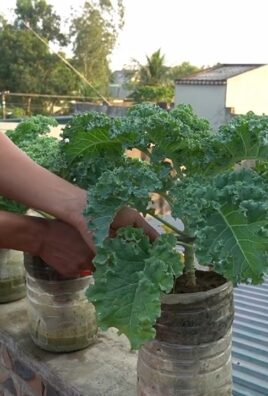
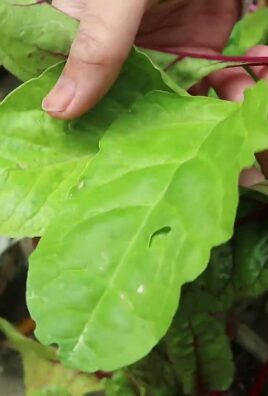
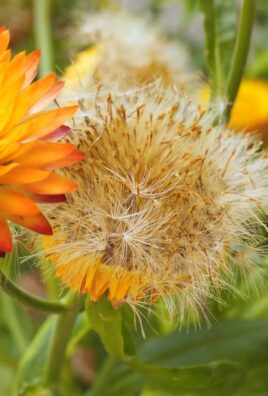
Leave a Comment